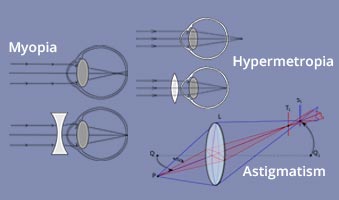
A simple eye examination can reveal most vision problems. By using eye-charts, lenses, and special instruments, your eye doctor can measure the focusing power of your eyes. This way, he or she can provide the prescription you need for glasses or contact lenses. Your eye doctor may also dilate your eyes to see how healthy they are.

Glasses change the way light focuses on the inside of your eye. Glasses are fairly easy to get used to and take care of.
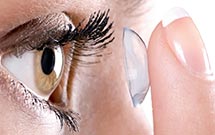
Contacts lenses work just like glasses. But contacts are worn on your eyes. They can take more time to adjust to and care for.
This surgery changes the shape of your eye itself. Most often, a laser is used to reshape the cornea (clear front layer of the eye). This reduces your need for glasses or contacts.
If your eyes are normal, you can see near and distant objects clearly. The objects do not look blurry or distorted.
The cornea focuses light rays onto the retina (a layer that lines the back of the eye). If your eyes are normal, this process produces a focused image on the retina. This makes objects look clear.
Refractive errors cause imperfect vision Refractive Errors are the most commonly found type of vision defects. Refractive error may be of three types:
What is ‘Myopia’ or ‘Short Sightedness’?In myopic patients, rays of light are focused at a point in front of the retina instead of on the retina. Due to this defect, a person can see near objects clearly but distant vision is blurred.
LASIK is a safe and permanent treatment for myopia that eliminates the dependence of myopic patients on spectacles or contact lenses.
This procedure is quick, painless and in most cases you can return to your normal activities very quickly, usually within hours.
What is ‘Hyperopia’ or ‘Far-Sightedness’? People who have hyperopia can focus on distant objects but cannot clearly view objects in the near distance. The rays of light come to a focus behind the retina.
What are the causes of Hyperopia? The cause of hyperopia is the failure of the lens to return to its normal rounded shape. Hyperopia is also caused by the eyeball being too short. Both these conditions result in the image being focused on a point behind the retina.
Axial hyperopia This condition occurs when the antero-posterior diameter of the eye is too short and the retina is too near the optical system.
Curvature hyperopia– This condition occurs when the curvature of the cornea or the lens is too flap.
Index hyperopia– This condition occurs under any of the following circumstances.
The absence of the crystalline lens in its normal position in the eye causes high hyperopia which is also called ‘aphakia’.
Treatments for hyperopia There are a variety of correctional methods for hyperopia. These include
This procedure is quick, painless and in most cases you can return to your normal activities very quickly, usually within hours.
What is ‘Astigmatism’?‘ Astigmatism’ is a condition that is caused by an irregularly shaped cornea or an irregularly shaped lens. In Astigmatism, the unequal power in different meridians causes rays of light to form a distorted line instead of focusing on a point. This results in the blurring of both distant and near vision.
What are the treatments available to correct Astigmatism? The remedies for astigmatism include the use of :
Toric glasses Toric spectacle lenses have two prescription powers; one to correct long or short-sight and the other to correct astigmatism. The two lenses lie perpendicular to each other and the spectacle lens has different or varying thickness across the lens surface.
Contact lenses – Soft Toric & Gas Permeable Soft Toric lenses Soft Toric lenses have twin power that is possible due to the different curvatures at different angles (one for astigmatism, the other for either myopia or hyperopia). Some soft toric lenses also have a mechanism to keep the contact lens relatively stable on the eye. This prevents movement of the lenses when you blink or look around. Stability of the toric contact lenses is necessary for steady vision.
This procedure is quick painless and in most cases you can return to your normal activities very quickly usually within hours.
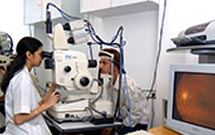
Regular eye examinations are a must. Eye exams are important to measure and correct vision problems. But seeing an eye doctor regularly also helps detect other eye problems. Early diagnosis and treatment of eye problems could save your eyesight.
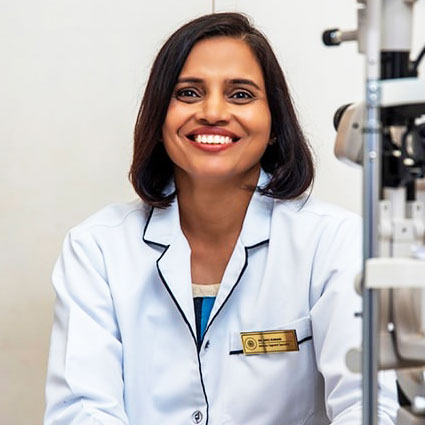
M.B.B.S. , M.S. (Ophth)
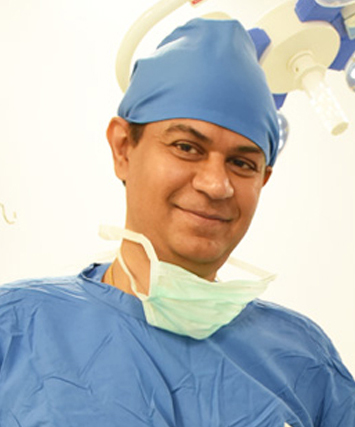
M.S. (Ophth), D.O.M.S (Bom), M.BPresident of Bombay Ophthalmic Association (2012-2013)
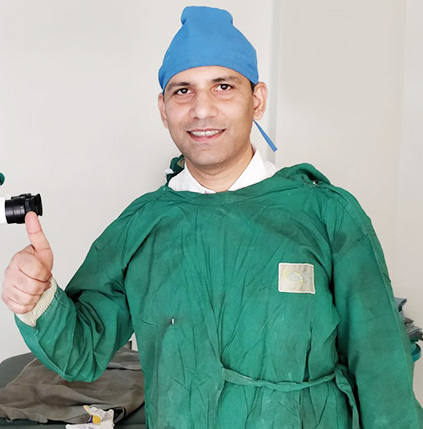
DNB(Ophthalmology) M.B.B.S. FICO (London, UK) FAEH (Cornea)
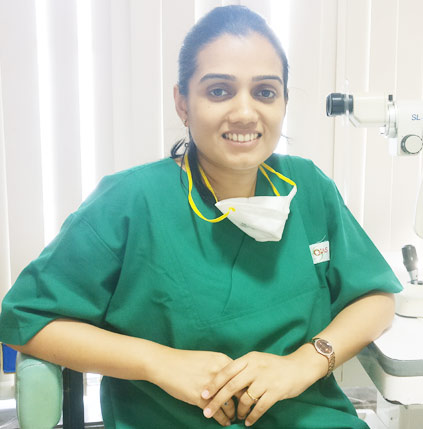
MBBS, MS, DNB ( Ophthal ), FICO, FCRS Cornea and Cataract Specialist
Copyright © 1987-2024 Ojas Eye Hospital All rights reserved | Privacy Policy
*Disclaimer: All information on www.lasikindia.com for informational purposes only and is not intended to be a substitute for professional medical advice, diagnosis, or treatment. Always seek the advice of your physician or other qualified health care provider.